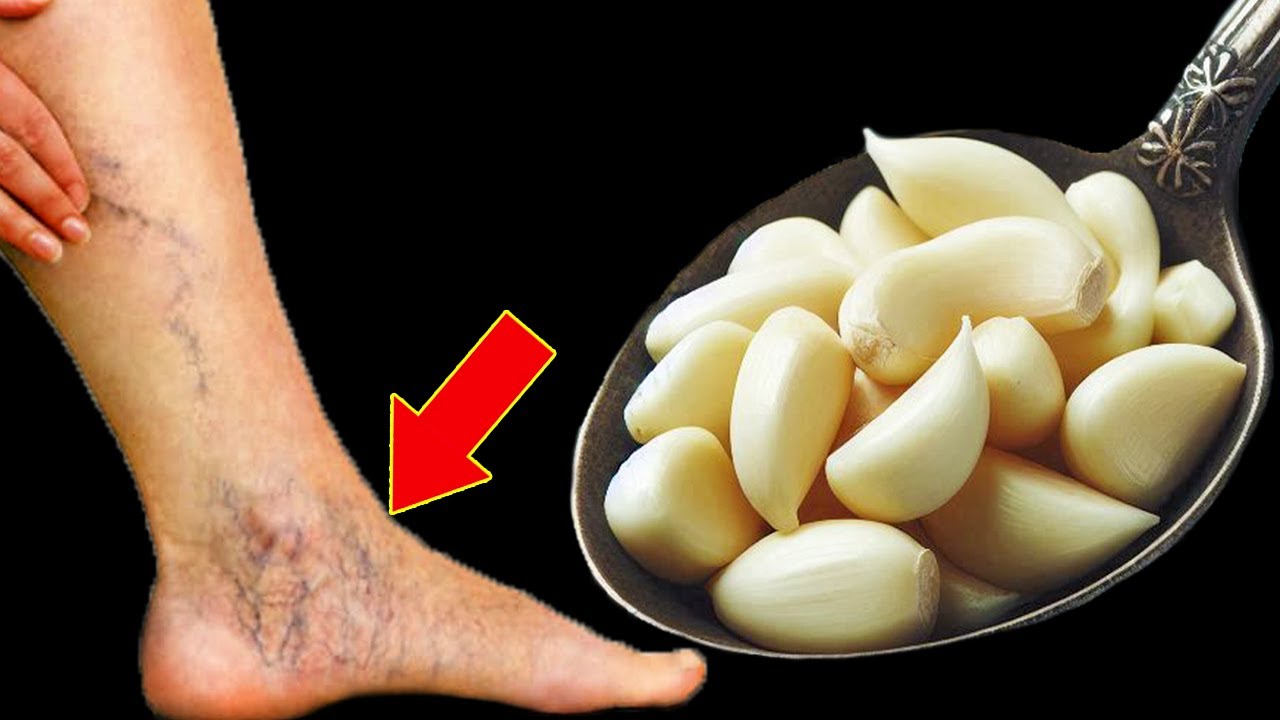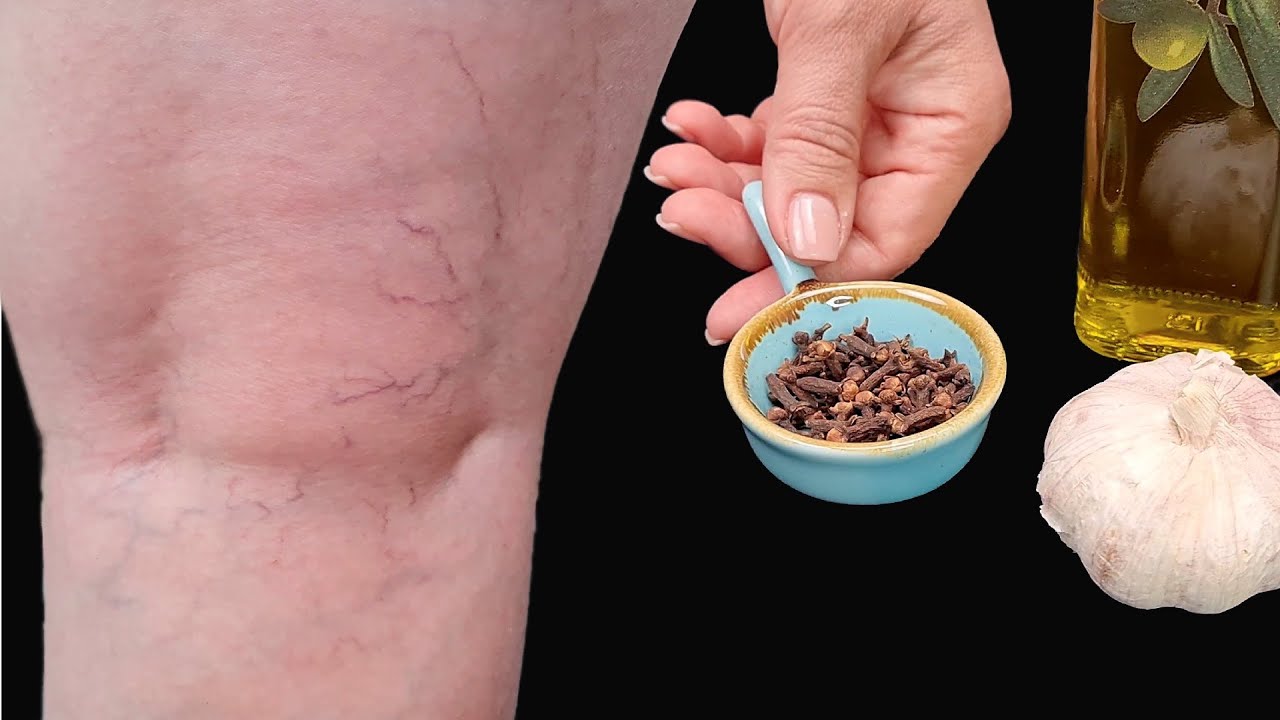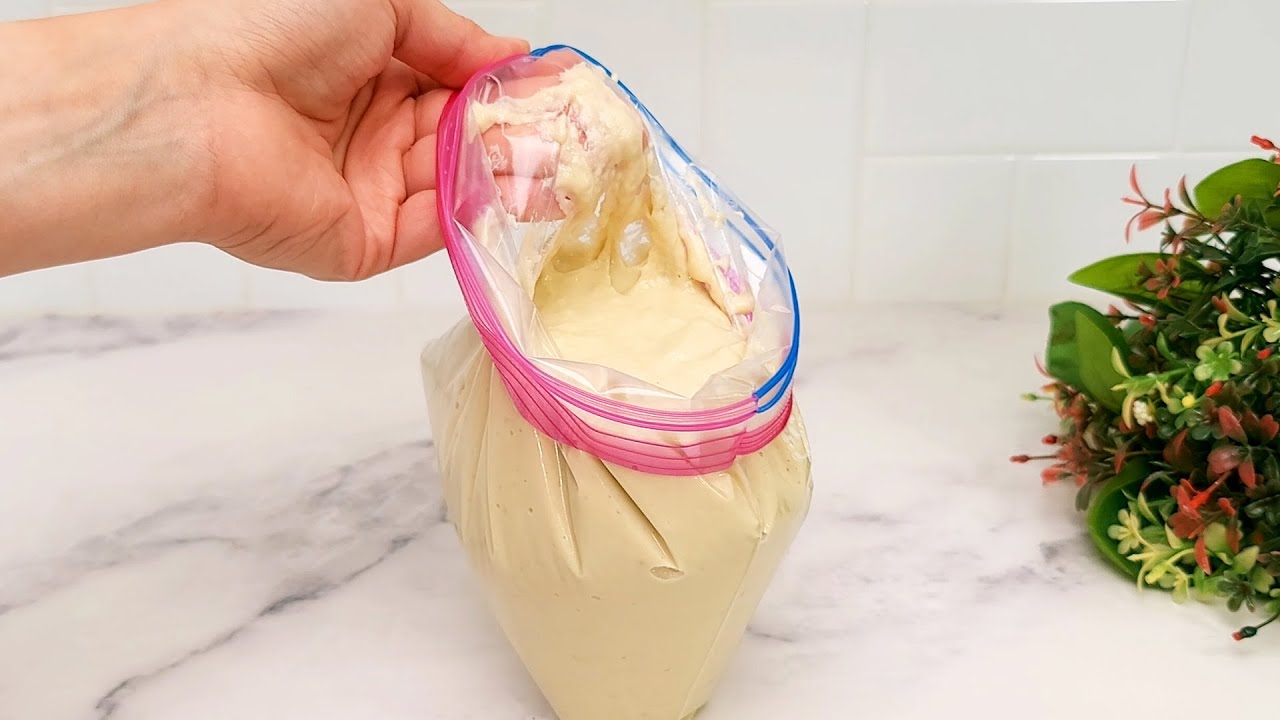
Keeping track of your blood sugar levels is crucial, especially as we age. High blood sugar levels can have detrimental effects on our health if left untreated. To ensure your well-being, it’s important to be aware of the symptoms of high blood sugar levels. While the symptoms may vary depending on different factors, we will highlight the most common ones for you.
Hyperglycemia occurs when your body doesn’t produce enough insulin or can’t use it effectively. Insulin is a hormone that enables glucose from food to enter your body cells and provide energy. However, if there’s an insulin deficiency, the glucose can’t be absorbed into your bloodstream. If this continues for an extended period, it can lead to permanent damage to vital body parts such as the kidneys, blood vessels, nerves, and eyes.
High blood sugar levels don’t automatically signify diabetes, but they can be a symptom of the condition. Individuals suffering from diabetes may not experience many symptoms, but there are certain signs that indicate elevated blood sugar levels, including:
- Frequent urination, especially overnight
- Blurred vision
- Dry mouth
- Thirst
- Impotence
- Difficulty focusing
- Slow healing of cuts and wounds
- Recurring infections
- Digestive problems
- Increased appetite
- Nerve problems
- Dry and itchy skin
- Excess belly fat and weight gain
To effectively manage your blood sugar levels, it’s crucial to know which foods you can consume. Avoiding foods with a high glycemic index is key. The glycemic index is a scale that measures the number of carbohydrates in foods that may cause a spike in blood sugar levels. The higher the number, the greater the risk of high blood sugar levels. Foods between 0 and 54 on the scale are considered low glycemic foods.
Here’s a list of low glycemic index (GI) foods that you can include in your diet in moderation:
- 1 egg: 6
- A cup of broccoli: 10
- A cup of hummus: 6
- A cup of nuts: 15
- A cup of cashew nuts: 22
- A cup of cherries: 22
- A cup of yogurt: 23
- Medium-sized onion: 10
- Medium-sized apple: 38
- 1 Turkey sausage: 28
- A cup of spaghetti: 42
- A cup of green grapes: 46
- A cup of peas: 54
- 220 gr. of tomato juice: 38
- 220 gr. of pineapple juice: 46
- 1 carrot: 47
- 1 orange: 48
- 1 grapefruit: 50
- 1 banana: 52
Here are some foods with a GI between 55 and 69 that you can consume in moderation:
- A cup of brown rice: 55
- 1 serving of mac’n’cheese: 64
- A tablespoon of honey: 55
- A cup of oatmeal: 55
- A cup of white rice: 64
It’s best to avoid foods with a high glycemic index, as they can cause a rapid increase in blood sugar levels. Here are some examples:
- 2 cups of popcorn: 70
- Rice cake: 76
- A slice of white bread: 70
- 1 doughnut: 76
- Medium-sized baked potato: 85
- 1 portion of corn flakes: 92
- 50 gr. of glucose: 100
Your diet can have a significant impact on your overall health. If you experience any symptoms of hyperglycemia, it’s essential to make necessary changes to your habits before more serious health problems arise. Remember to consult with a healthcare professional for personalized advice and guidance. Take charge of your health and make informed choices for a happier, healthier future.




